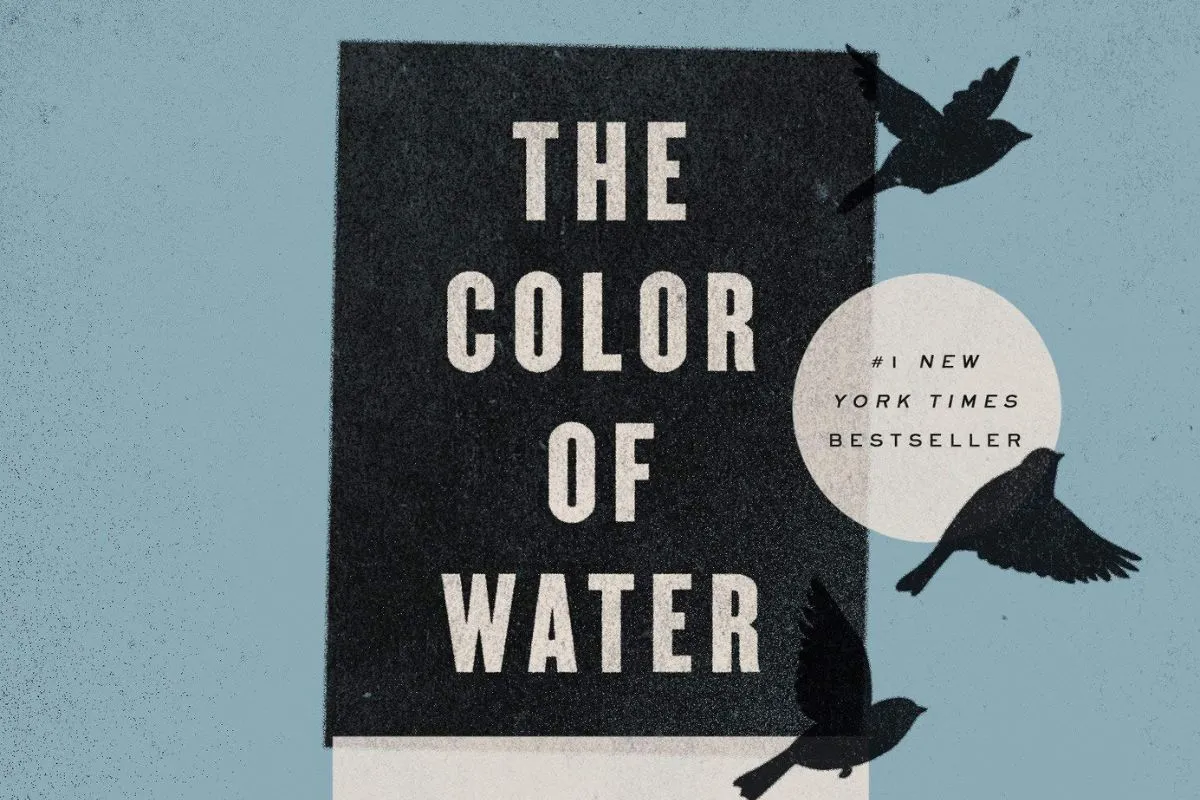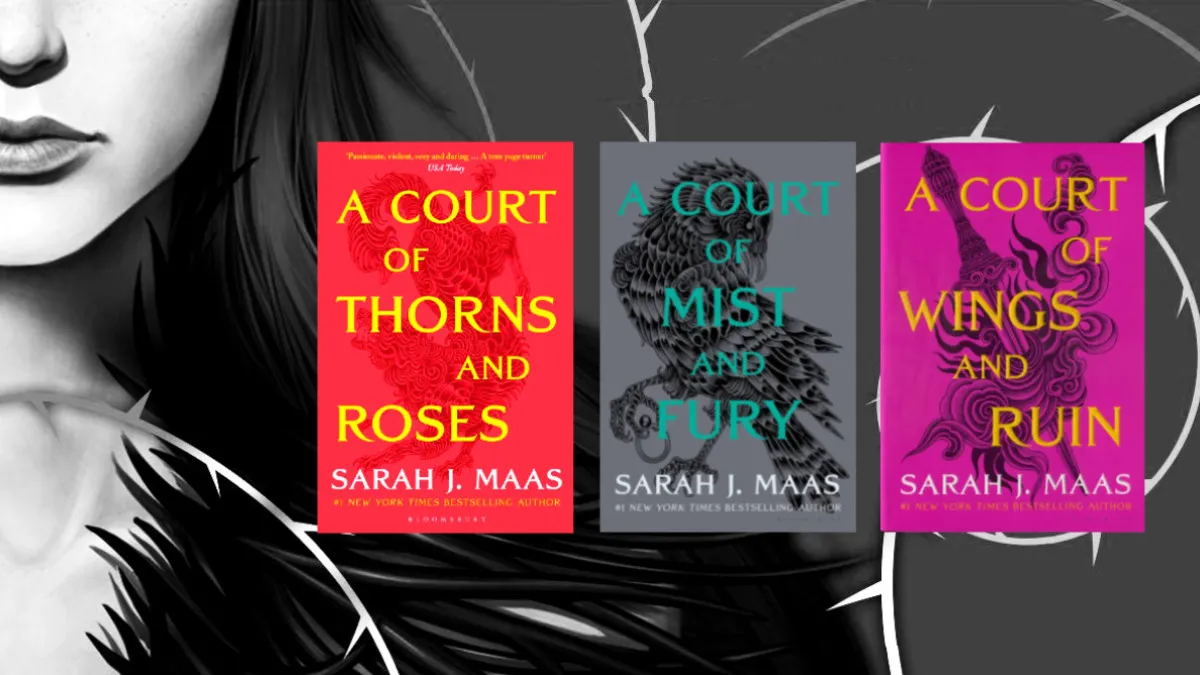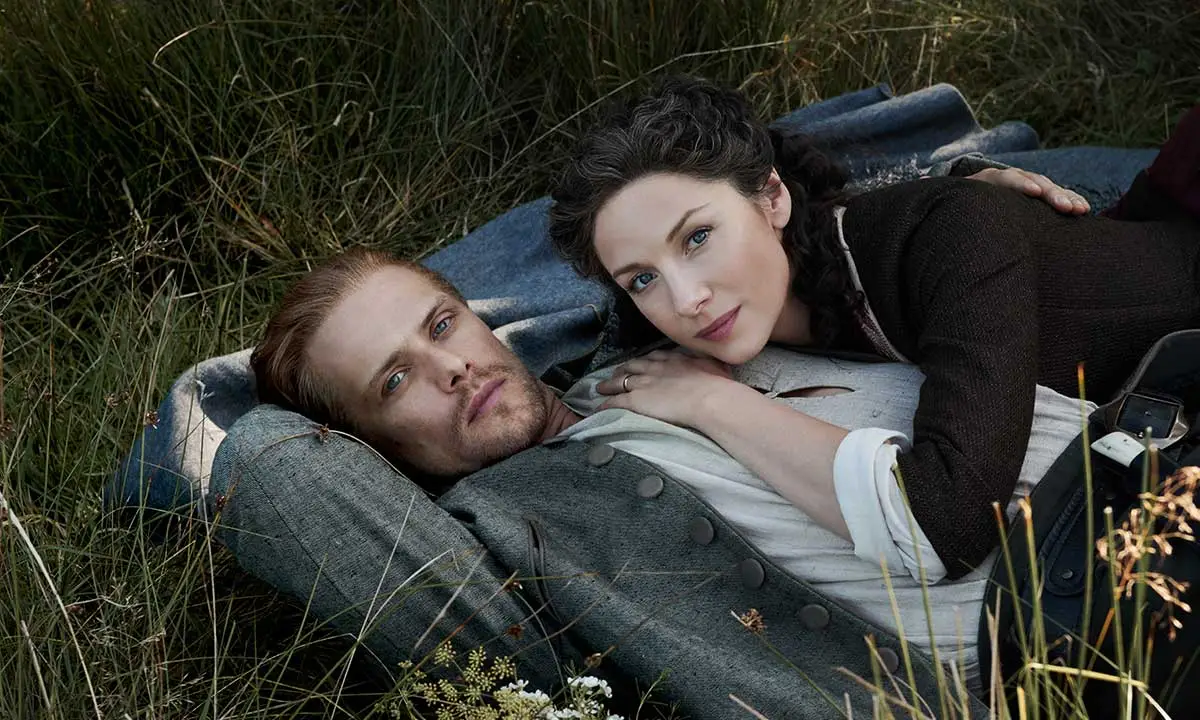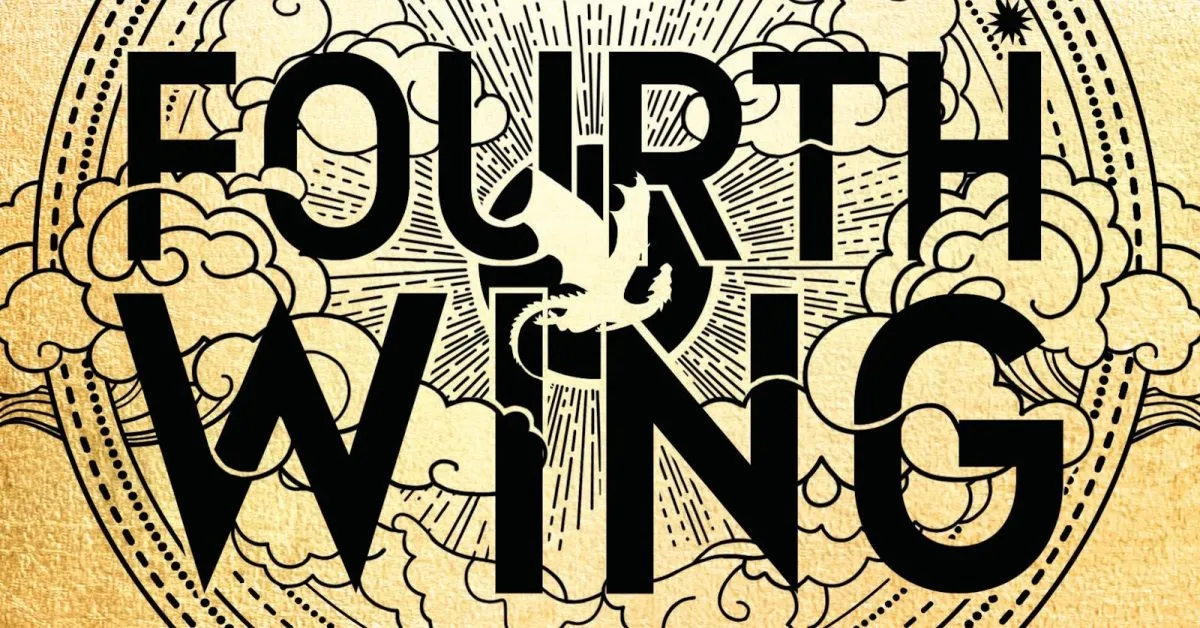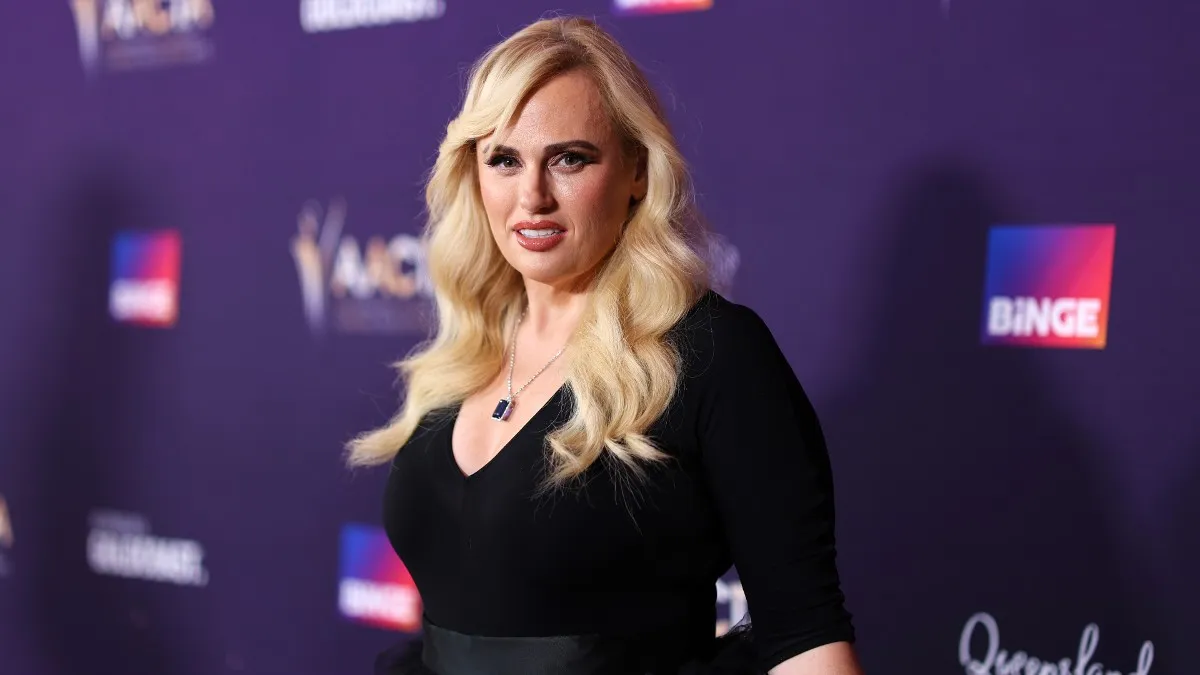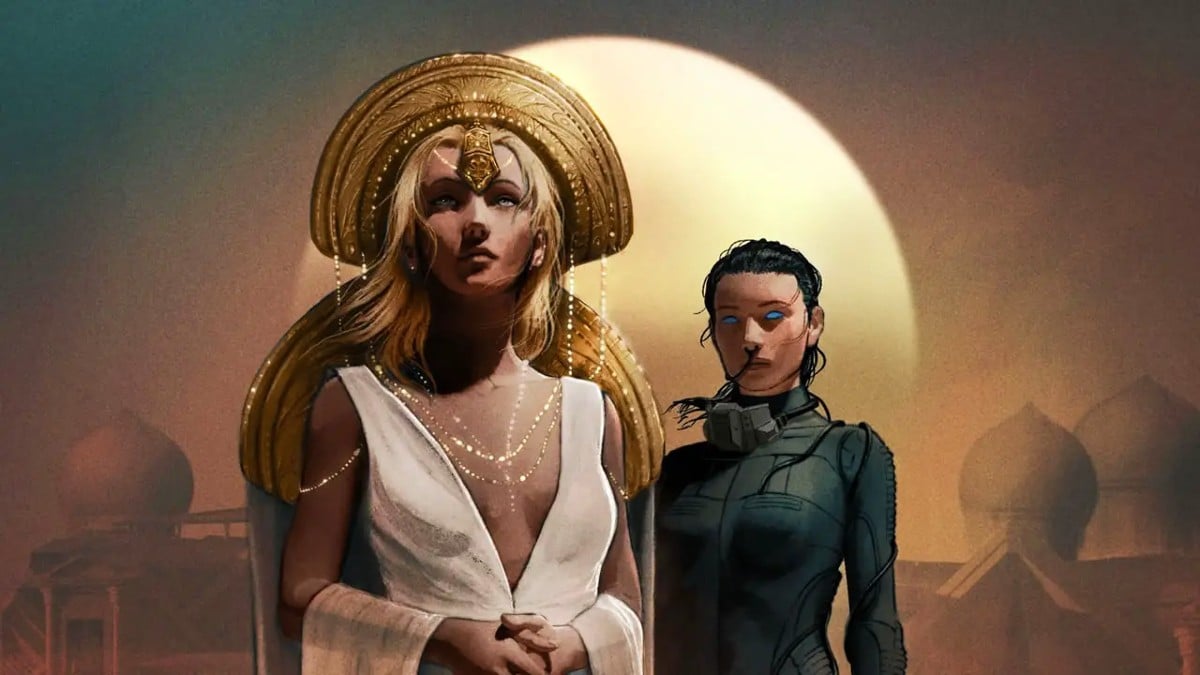This Black History Month 2023, I want to share some books by Black authors that shaped me in some way. Maybe I saw myself in them or was influenced by their words. There’s no better place to start this than the first book I remember this ever happening with: James McBride’s 1995 award-winning memoir The Color of Water: A Black Man’s Tribute to His White Mother. Despite generally disliking assigned readings, this book was the first time I felt connected to a story so deeply.
Representation is a weird thing when it comes to traditional books. In graphic novels or the visual mediums of film and TV, I can see and hear it. Growing up, most times I read books with characters of color, it went over my head. There were exceptions, like Rue from The Hunger Games. However, unless the characters or scene made it clear and reminded me more than once, I assumed white. This continued throughout my entire public school education, even including AP classes. I wasn’t able to begin to unlearn this until my 20s. And that mostly came from making an active effort to read diversly because otherwise, the default remains white. This misunderstanding shaped my early reading years and over half of my life.
I’m still unlearning the process of white being the default. Unless there are names or language that I know is removed from whiteness, I’ve grown up assuming everyone in the book is white—and usually accurately so. That changed with James McBride’s memoir. I love this book so much I still remain uneasy about diving into his fiction (a.k.a. McBride’s claim to fame). This is despite the Showtime adaptation Good Lord Bird existing as one of the best TV mini-series ever.
Navigation representation before McBride’s work
For a research project, my mentor asked about the first time I felt seen in a story. A book, a movie, anything. Despite being exposed to quite a few Black characters by late-elementary school age, the answer was white Hermoine Granger. (And I can still let Harry Potter and J.K. Rowling go!) I connected with her long before 2016 and my access to the internet. Her teeth, hair, affinity for the library, and habit of being passed over by teachers when I she raised my her hand in class. Because, of course, she had the answer or something to say. (I have since learned to understand that it was to get the other kids to participate.)
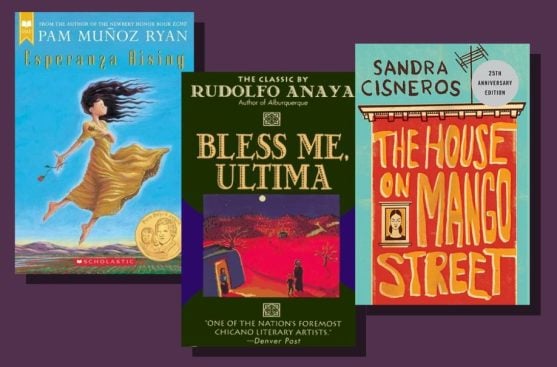
Growing up in majority brown Latinx areas with fairly culturally responsive (mostly) white teachers, they sprinkled in the stories of authors like Pam Muñoz Ryan, Sandra Cisneros, and Rudolfo Anaya. These books would almost serve to balance the paper-white children’s literary canon. It also added variation to the complicated depictions of people of color in widely read white stories by Theodore Taylor, Mark Twain, and Harper Lee. The books by Latinx writers felt like I was learning more about my best friends’ cultures. Although it wasn’t one-to-one (because we were in a post-9/11 Texas), the cultural markers (specifically Chicanx) in the books were a version of my/their community.
There remained a difference between Chicanx literature and the other books. Blackness served to teach about how slavery and Jim Crow were wrong. While I understand the value in teaching these books responsibility, the slur and Black pain dial was turned all the way up for our stories. There was no exploration of white supremacy, just racism which looked really different even in elementary school. Also, most microaggressions I faced and almost all the times heard the n-word (at that point) were by other non-Black brown kids. I never saw myself at all in the books about Blackness chosen.
The Color of Water
This change of seeing myself represented shifted in my mid-teens with the book The Color of Water. Part biography of his mother, Ruth, and part memoir of himself, the book tells a story of race and family. James McBride does this through alternating perspectives in each chapter.
In his mother’s chapters, we learn that her family disowned Ruth (by sitting Shiva) in her late teens for dating a Black boy. They did this despite having faced pogroms in Poland and then antisemitism in the American south. A move up north, two marriages, and a conversion to Christianity later, Ruth raises twelve biracial children over several decades. All children earned degrees (some multiple) and had successful careers. Most of Ruth’s story takes place before the author is born. This history is slowly extracted via the 8th of her 12 children—the author—asking questions to her chagrin.
A running theme in the story is that McBride is navigating his Blackness and his mother’s unwillingness to discuss his challenging questions. She insists on a colorblind approach as a survival technique when the questions begin to come in. They realize she’s different in their mostly Black settings, but that does not equip her children with how to navigate a very racist world. More or less, James accepts this as a child the way one would accept Santa as a concept. However, as he gets older, James finds the shortcomings of this advice compared to the other lessons Ruth instilled in them.
What makes this book special to me
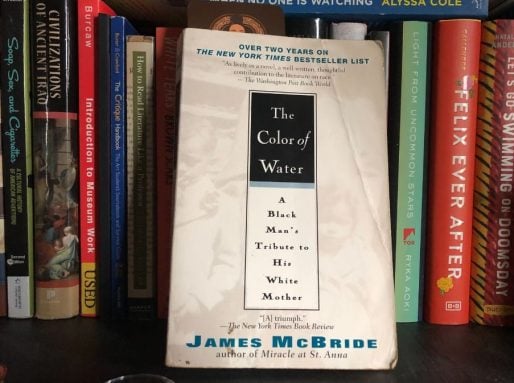
Unlike James, I never met major resistance until I was an adult, though these little roadblocks in conversations on race were starting to appear in my teens. Many American transracial adoptees or multiracial people, especially if one parent is white, understand this. Granted, his situation was also colored by a white, Jewish side he would not see, whereas I, unfortunately, met too many people on my white side.
Both James and I were taught that in-your-face bigotry exists. Born nearly a half-century apart, James faced it more openly as a Boomer growing up in the 1960s through the ’80s. However, both our mothers raised us on the (false) notion that colorblindness is the way to go. It might have been radical at the time Ruth was raising her kids, but no less ineffective. Ruth, like my parent today and at the time I first read this book, pushes this approach and struggles to face the failures inherent in it. As James sees as he gets older, any prodding questions get super hostile really quick.
Additionally, reoccurring patterns and situations completely separate from my family undercut the preference for a colorblind approach and the notion that racism only exists as the attitudes of a dwindling number of individual racists. This became increasingly clear as I would go to music performances and academic competitions. I saw the stark difference in resources allocated for schools with a very different student racial make-up than mine and how that translated to success for these students. Later I would learn that more resources, education, and even scholarships would only close that gap so much when the entire system is corrupted by white supremacist patriarchy.
Much of this systemic inquiry isn’t present in the novel, which is very personalized and about his family. However, that deep introspection of the self and community sparked something in me. It didn’t all come out immediately, but the questions started getting harder as did the answers.
I’m skipping over a lot of the excellent explorations on religion, family secrets, and so many other elements that make this a wonderful read. However, the slow realization that colorblindness isn’t real and how he exists between two worlds connect most with me. Most Biracial Discourse™ surrounding parentage centers on “which side didn’t like me” and while that’s certainly present here, it’s not what I found interesting or even a main theme of the novel.
(Image: Riverhead Books)
The Mary Sue may earn an affiliate commission on products and services purchased through links.
—The Mary Sue has a strict comment policy that forbids, but is not limited to, personal insults toward anyone, hate speech, and trolling.—



